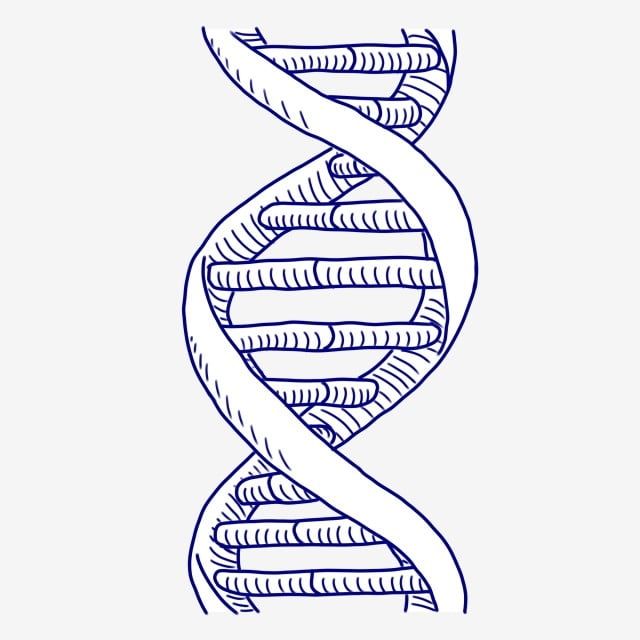Autism Spectrum Disorder (ASD) has long baffled scientists due to its complex genetic underpinnings. Conventionally, the focus has been on direct mutations in ASD-related genes. However, groundbreaking research from the RIKEN Center for Brain Science challenges this paradigm, uncovering an intriguing ‘butterfly effect’ in the genome.
Unveiling the Butterfly Effect
In a study published in the journal Cell Genomics, researchers at RIKEN CBS examined the genomes of over 5,000 families, making it one of the largest genome-wide studies on ASD to date. What they discovered was a unique genetic mutation that acts like a ‘butterfly effect’ within the three-dimensional structure of the genome.
Traditionally, scientists concentrated on protein-coding regions and direct mutations in ASD-related genes. Still, this new research emphasizes the role of non-coding regions, particularly promoters, in orchestrating the expression of proteins linked to ASD.
Three-Dimensional Structures and TADs
The genome’s three-dimensional structure is a critical factor in understanding this phenomenon. Specific three-dimensional structures, known as topologically associating domains (TADs), allow interactions between nearby genes and their regulatory elements. It’s within these TADs that the ‘butterfly effect’ takes place.
The study reveals that ‘de novo’ mutations in promoters—new mutations not inherited from parents—heighten the risk of ASD only when located in TADs containing known ASD-related genes. This spatial proximity allows these mutations to influence the expression of ASD-related genes, explaining the disorder’s occurrence even without direct mutations in those genes.

Implications for Diagnosis and Therapy
Lead researcher Atsushi Takata highlights the significance of this finding for ASD risk assessment. “We now know that we need to look beyond ASD-related genes and focus on whole TADs that contain ASD-related genes,” says Takata. This insight urges a shift in genetic risk assessment strategies.
Moreover, the researchers utilized CRISPR/Cas9 technology to validate their findings. By editing the DNA of stem cells and inducing mutations in specific promoters, they observed alterations in ASD-associated genes within the same TAD. This experimental validation underscores the potential therapeutic avenues for correcting aberrant promoter-enhancer interactions caused by mutations.
Future Directions
While this study marks a pivotal moment in understanding ASD genetics, further research involving more families and patients is crucial. The aim is to gain a comprehensive understanding of ASD’s genetic architecture and biology, paving the way for enhanced clinical management and well-being of affected individuals, their families, and society at large.
In conclusion, the ‘butterfly effect’ in the genome adds a fascinating layer to the intricate tapestry of autism genetics, providing new avenues for exploration in diagnostics and therapeutic interventions.
